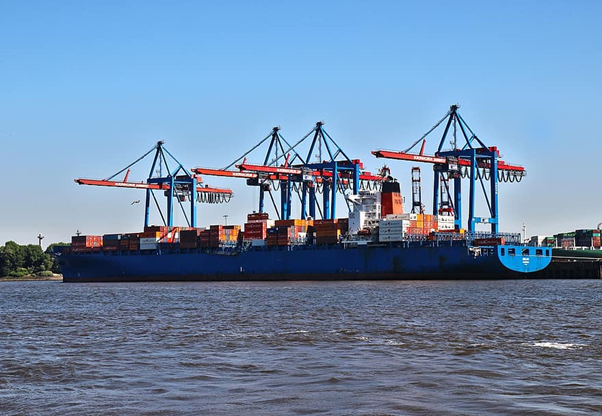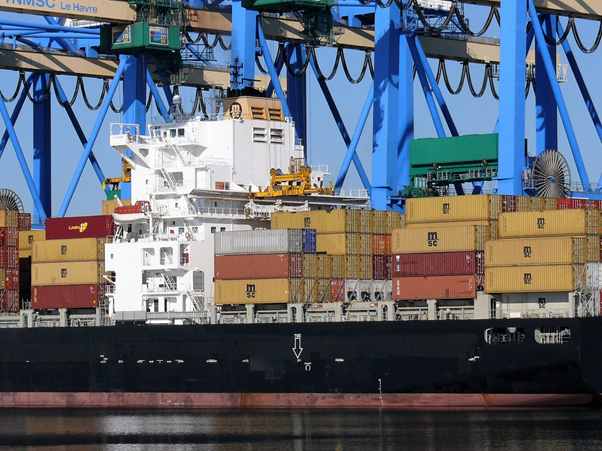Whilst cargo handling has progressed from a manual activity to a process performed by cutting-edge equipment, the human element remains central to the operation and the safety of the personnel must be infallible onboard ships.

Effective training of the workforce and strict management of procedures is vital when performing cargo handling operations on ships with uncompromising safety standards.
From hoisted cargo overhead to security seal protocols, knowing and adhering to the essential safety policies protects against injury and ultimately saves lives. Keep in mind the following five important ways to remain safe when handling cargo on ships:
1. Protective equipment
Select the correct personal protective equipment and optimise its use. Equipment such as safety helmets, safety harness, safety shoes and other core accessories must be used at all times while handling cargo on ships. All equipment should be maintained correctly and always checked for damage before use.
2. Safety procedures and devices are there to protect lives
Instruction on and understanding of safe methods and practices is imperative before handling the cargo. The crew should not interfere with devices or alter functioning, and procedures must be followed in full to protect everyone at all times. The crew should be educated on the various on-site safety devices and measures in place to protect them in the event of an untoward incident.

3. Shelter position locations
Working on the open deck of a ship is a position of risk; therefore, the crew must be aware of the shelter options that protect in the case of falling cargo. It is also important to know the waiting points whilst hoisted cargo is placed on the deck or amidships.
4. Securing the cargo
All cargo must be secured as a priority when it arrives on deck – secure cargo is safe cargo. Loose items of cargo are a dangerous liability and must never be piggybacked. Cargo stored in containers must be in line with protocol, with the appropriate use of security seal devices essential. The security seal range here demonstrates the variations in use.
5. Lifting equipment procedures
Well-maintained equipment, such as wire ropes, wire rope slings, hooks, forklifts and cranes, ensures crew safety. All equipment must be tested according to the relevant regulations. Equipment must only be used by trained personnel employing the directed method and for the appropriate purpose.
